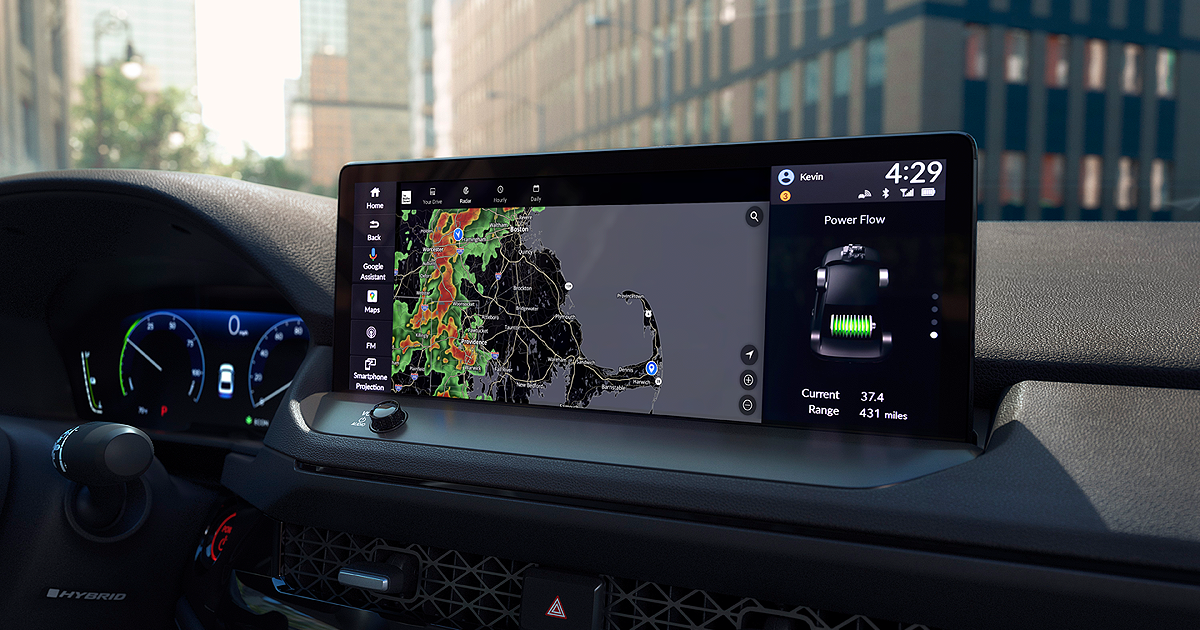
Google is expanding app offerings across its open-source infotainment platform and in cars with built-in Google applications. Drivers will be able to access WebEx and Zoom, Prime Video, the Weather Channel and the Vivaldi web browser in their vehicles, the company said Wednesday.
Android Auto, Google’s open-source development toolkit, will allow developers to include WebEx and Zoom integrations with audio-only capability. Google Play, which is included in Google’s built-in suite of apps in some vehicles, will include Prime Video in select Renault, Polestar and Volvo cars. The Weather Channel will also be available on Google Play.
Some of the integrations, such as Zoom and Prime Video, are available this week, while WebEx and the Weather Channel will be available in the coming weeks.
“We’re really offering choice for OEM developers and drivers,” said Haris Ramic, director of product management at Android Auto. “Our goal is to really help [automakers] and consumers to make sure that they can build out the right product for their customer.”
Android’s additional offerings echo other recent in-car app integrations. Earlier this year, Mercedes-Benz and Volkswagen Group said they would integrate third-party video apps, such as Zoom and TikTok, into vehicle infotainment centers. Tesla Inc. unveiled an over-the-air software update last December that added Zoom.
The new integrations also come as automakers develop increasingly sophisticated infotainment systems, with many of them using the Android Automotive software development kit. That push is part of a larger battle to wrench back control of the infotainment experience from smartphone mirroring tools such as Android Auto and Apple CarPlay, which have dominated cockpits for almost a decade. Automakers see an attractive new revenue stream from subscriptions to software features, which in part requires reclaiming the native infotainment center.
More than 98 percent of new cars in the U.S. support Apple CarPlay, although Tesla and Rivian Automotive use their own interfaces and General Motors will not support CarPlay in its new EVs.
Less than half of owners want to use built-in infotainment for phone calls, voice recognition and navigation, according to a J.D. Power study issued in July.
Safety advocates have voiced concerns about increasing app integrations’ impact on driver distraction.
Google’s new features have limits meant to prevent drivers from getting distracted. In Google’s built-in applications, there is a limited number of times a driver can scroll before that function is disabled. Android Automotive has default frameworks that prevent videos from being played while the car is in motion.
Given that the development kit is customizable, however, automotive partners can make software tweaks to allow features such as passenger video displays while the car is moving.

